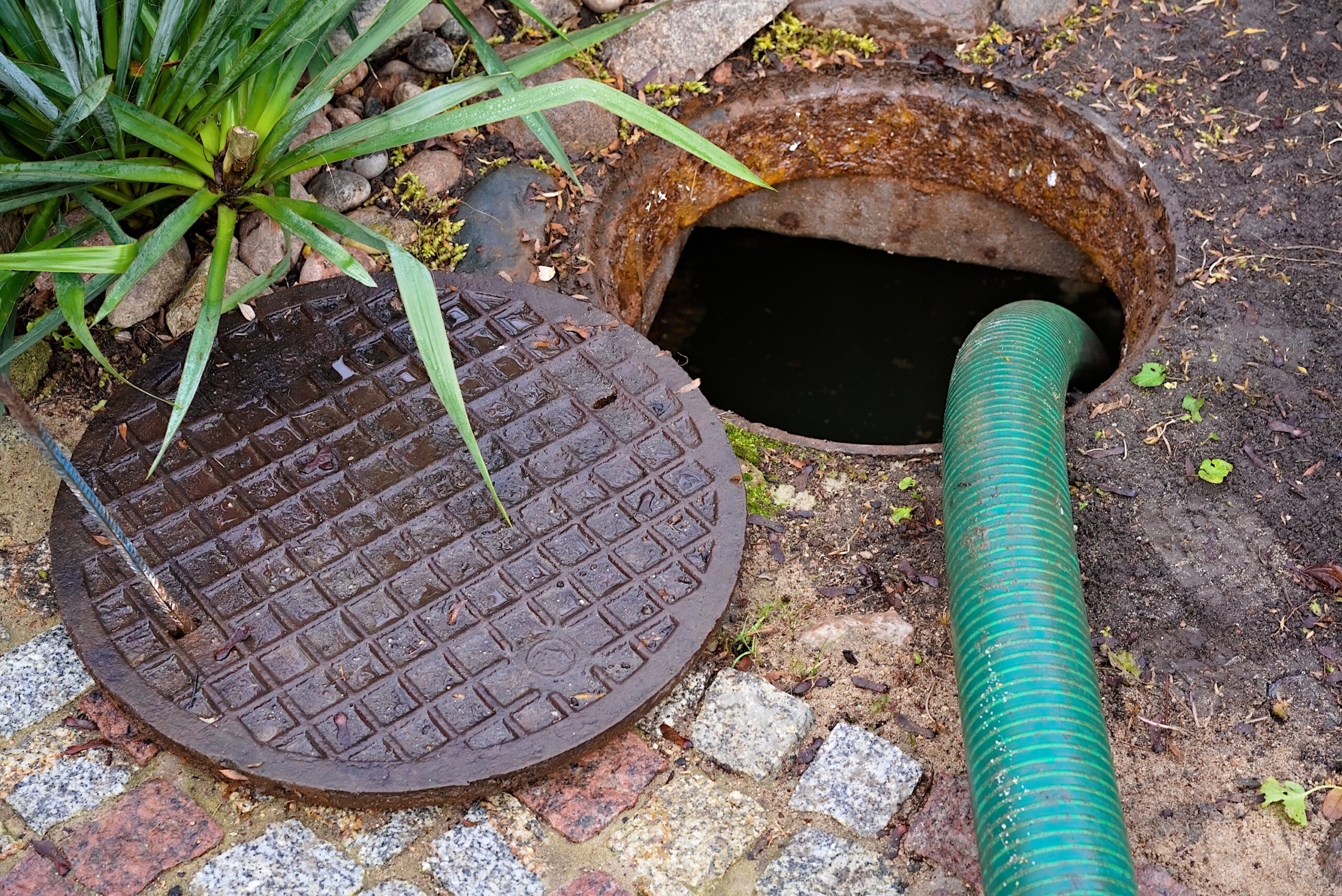Everyday I hear from people across the country that are seeking a solution to their septic tank problems. Many of these customers have been duped into believing that by simply flushing a magic potion down the toilet, their problems vanish.
A quick Google® search will lead you to hundreds of web pages that make claims to solve your septic tank problems forever. There are a lot of companies out there that would be more than happy to supply “magic bugs” or “chemicals” to solve your septic problems! We call these “Flush and Hope” products; you flush them down the drain and hope your problems will go away.
There are hundreds of brands of septic tank additives on the market today. Many have powerful claims: “If you use our product you’ll never have to pump your septic tank again.” “Our product liquefies the waste.” “600 Trillion cfu/gm” “Special enzymes that breakdown solids!” Many claim they are “Easy to use. Just flush down the commode.” Some supposedly offer “money-back guarantees” and promises of “No more odors.” Some of these major companies even sell household cleaning products that are bad for septic systems and then turn around and try to sell you bacteria to counter act the damage that these harsh chemicals cause within the septic tank.
Typically, the bigger the hype, the higher the price. Generally speaking, the packaging and marketing costs are far greater than the manufacturing cost of any “active” material. These companies can afford numerous customer returns and still maintain a substantial profit. Some will even try to convince customers to use more of their product in lieu of returning your money. Many people become frustrated or tired and give up trying to get their $200 – $500 back!
These bacterial “cocktails” typically can contain aerobic, anaerobic and facultative bacteria. The aerobic bacteria require oxygen to live; the anaerobic bacteria must live in an oxygen free environment (septic); and the facultative bacteria can survive in either condition by metamorphosis from anaerobic to aerobic. As mentioned earlier, your system is operating in a “septic” or anaerobic condition. The aerobic bacteria in the cocktail die rapidly after entering the septic tank, because there is no oxygen in the system. The facultative bacteria change to anaerobic bacteria by metamorphosis and survive along with the anaerobic bacteria.
The naturally occurring bacteria population in your system is self-regulating. As more wastewater (“food” for the bacteria) enters the septic tank, the bacteria population increases very rapidly. As the wastewater flow decreases, the population is reduced. For example, when you go on vacation the wastewater flow to your tank stops. The bacteria digest the remaining food. When the food is gone, the bacteria begin to starve and die off. By the time you return from vacation, the bacteria count is low. As new wastewater enters the tank, the bacteria population increases rapidly until it balances with the amount of available food.
The only way for a system to become unbalanced is to encounter an event that killed the septic tank bacteria, such as the excessive use of solvent chemicals, bleach, anti-bacterial products, chemotherapy drugs, etc. Your system is designed to handle any of these substances in moderate amounts. Therefore, if you don’t abuse your system, you will not need to add bacteria.
The cause of most septic tank problems and septic system failures is a build up of the biomat in the drainfield. The biomat, made up of anaerobic bacteria and its by products, clogs the drainfield, restricting water from passing back to the ground table. Adding more anaerobic bacteria to the system has no positive impact at all. You cannot add more bacteria than available food and you are adding more of the same type of bacteria that is already causing problems with your system!











